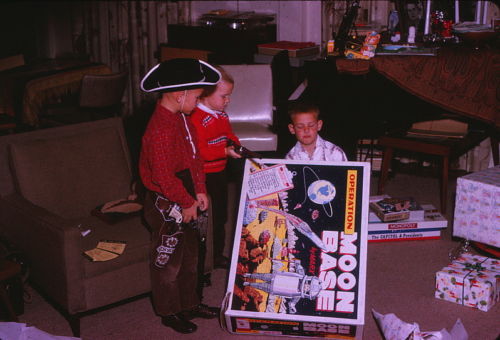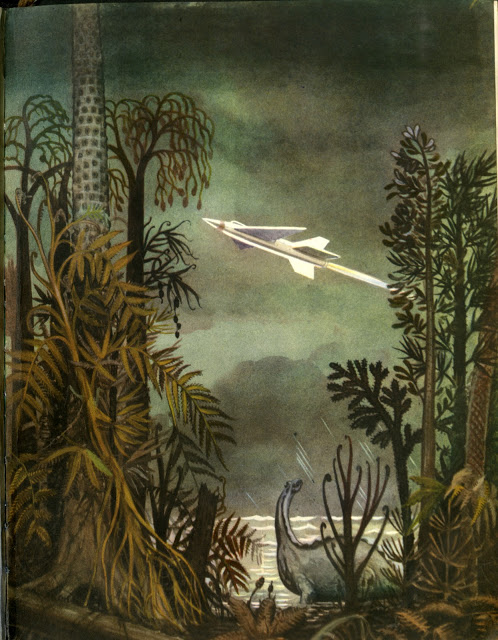


Ed White performed the first American space walk (EVA) on June 3, 1965 during the Gemini 4 mission. When it was time, he pulled the handle to open the capsule hatch. Nothing happened. Command Pilot Jim McDivitt got it open, and “thought” he could get it closed again. White squeezed the trigger on his oxygen gun and headed out.
He’s maneuvering around, having a blast, taking lots of pictures. Flight control is telling him to get back in, but there are radio problems, and White doesn’t bother turning on his mic until he’s damn well ready. Finally, just before the capsule enters darkness, McDivitt gets him back inside. White says, “It’s the saddest moment of my life.”
The capsule hatch won’t close. If the hatch doesn’t close, both men are dead. Houston is buzzing: they want to know what the hell is going on. McDivitt fiddles with the mechanism for a while, gets it to latch. They’re supposed to open the hatch one more time to toss White’s EVA gear into space. That idea is scrapped.
The two men spend the next two days of the four-day mission drifting, conserving all of the remaining fuel for reentry. That’s four days in a capsule cockpit about the size of the front seat section of a Toyota Camry.
Our action figures were once based on real heroes, not pretend ones.








































